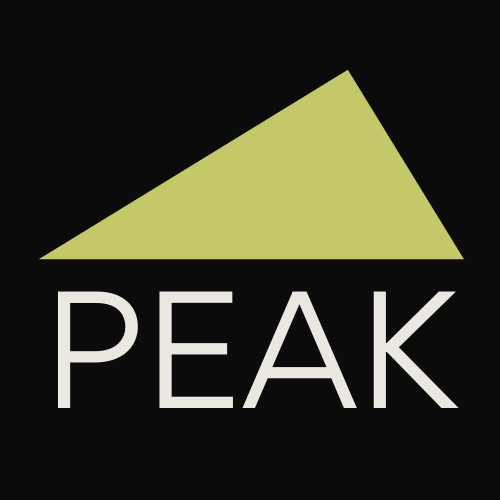Foam Rolling. Love it or Hate it?
Let’s talk foam rolling! Yes, you hate it. Yes, it makes you grimace in pain. And yes, you probably need to foam roll if you use your legs for anything; especially if you use your legs a lot!
Whether you’re a runner, cyclist, squat loving gym goer, kid-chasing grandparent, or a committed daily walker, chances are you’ve noticed your quadricep muscles are consistently tight. Any activity where your legs are being used in a repetitive or loaded motion causes your muscles lengthen and strain, leading to micro-tears in the tissue. Don’t worry, this is natural and can be a good thing because the body responds by repairing these micro tears with stronger tissue for future use.
This process of breakdown in our muscle tissue is normally followed by a period of soreness called delayed onset muscle soreness (DOMS) typically lasting between 2-5 days. During this time it is common to encounter sensations of pain (to touch or movement), tightness, or discomfort as our tissue works through a natural inflammatory response.
When we start to see this normal discomfort go awry is when our muscles are not repairing fast enough to keep up with the demand of use and without counter acting it with some mobility or flexibility work, we leave ourselves open to injury.
What causes the tightness in quadriceps?
As an athlete, you are contracting your quadriceps with almost everything you do. As a runner you are contracting your quad muscles with each and every one of your hundreds and thousands of steps. As a volleyball player, you are using them to help propel you airborne for a spike. As a football player you are using them to help accelerate and decelerate your body into and out of quick cuts. As you can imagine, a constant state of use requires a constant state of repair. Athletes continuously undergo a breakdown and repair cycle that when not properly cared for can lead to increased tone (neural tension) and fascial densification, or simply put, you feel TIGHT! Without addressing this, your muscles may shorten and hold in a chronically tightened state over time and because you are an athlete, you’re constantly using your legs and they are tight. I can’t say it enough… your legs are tight because you my friend, are using your legs a lot!
Foam Rolling for Knee Pain
Two conditions that can cause knee pain are Patellar Tendonitis and Patellar Tendinopathy which is pain in your patellar tendons that connect to your quad muscles and tibia. There are strengthening techniques that will address the resiliency of the tendon itself, however, addressing the surrounding tissue with neuromuscular stimulation with foam rolling can be extremely helpful in relaxing the tight quad muscles that are pulling and tugging on the sensitive tendon.
What does foam rolling actually do and why does it “Hurt so Good”?
Foam rolling may increase blood flow and circulation to targeted areas while also helping to increase range of motion and decrease tissue tone. In short, it is a form of self-applied massage due to the pressure of the roller loosely mimicking the pressure of manual manipulation by a massage therapist. I don’t know about you but when I see a sports massage therapist for a deep tissue massage, I’m deep breathing my way through the “pain” caused by the deep pressure and trigger point contact. Just as massage can correct muscle imbalance, alleviate muscle soreness, relieve joint stress and improve neuromuscular efficiency, it is thought to be that foam rolling can assist in the same way on a smaller and more personally manageable scale. Most athletes do not have the ability to get a daily sports massage (though such a thing would be AMAZING) but they sure can take a few moments before and after to a workout to roll out.
At Peak Movement, we’ll go through a screening process that will identify tight quads and their range of motion limitations. We’ll work with you to customize a program tailored to your rehabilitation needs, often utilizing a combination of therapies including manual muscle manipulation, functional movement corrective exercises, and daily do’s and don’ts for you to continue to self-rehab between visits. Give us a call, we’d love to help you out to keep your motor running!


